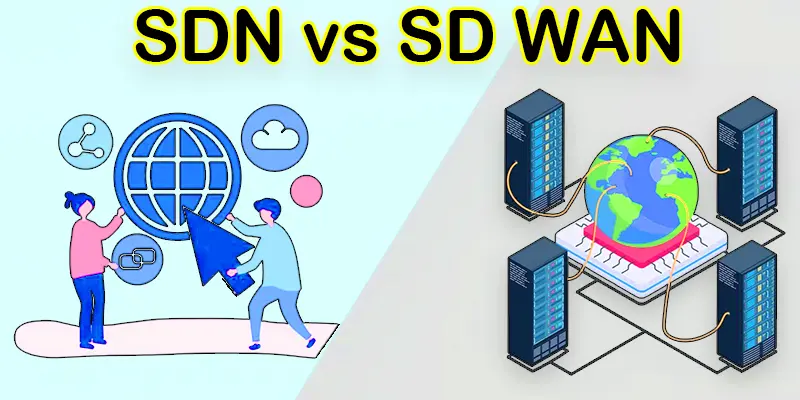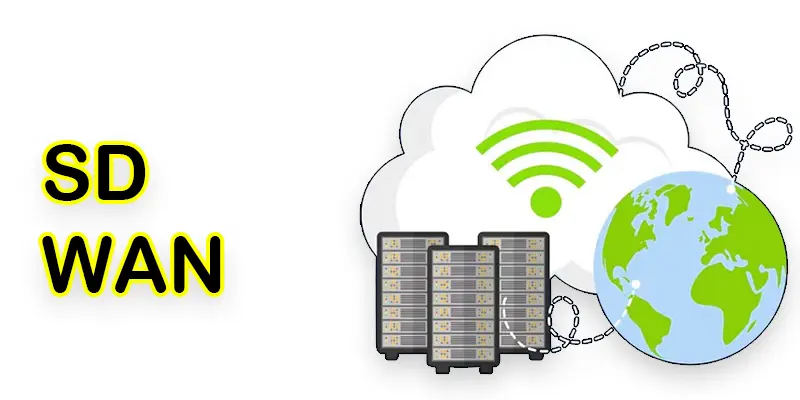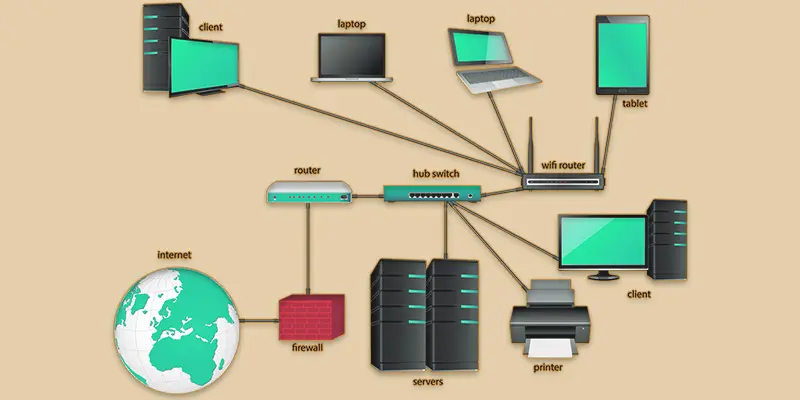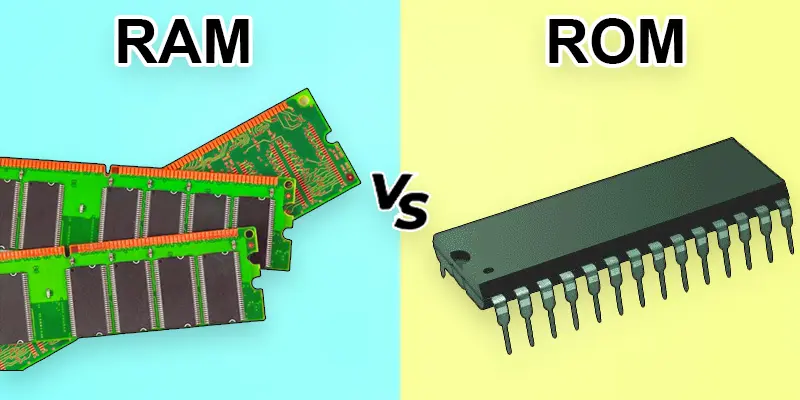SDN vs SD WAN: Key Differences Explained Simply
Published: 21 Jan 2025
SD-WAN vs SDN
Software-defined wide area networks (SD-WANs) and software-defined networking (SDNs) both use software to manage network traffic, but they serve different purposes. While SDN focuses on centralized control of the entire network infrastructure, SD-WAN specifically optimizes wide area networks by managing data traffic between different locations. Think of SD-WAN as a smart traffic controller for your network, while SDN is more like the overall blueprint of the network itself.
What is the Difference Between SDN and SD-WAN?
SDN (Software-Defined Networking) and SD-WAN (Software-Defined Wide Area Network) are software-driven networking approaches that enhance network management, yet they are designed for distinct roles and operate in varied scenarios.

| SDN | SD-WAN |
|---|---|
| SDN stands for (Software-Defined Networking). | SD-WAN refers to a Software-Defined Wide Area Network. |
| A network design that splits control and data functions. | Connecting multiple remote branch offices securely. |
| Managing a data center’s network architecture. | A technology that optimizes and manages WAN traffic. |
| Centralized control of network resources and data flows. | Optimizing wide-area network traffic and connectivity. |
| Applies to entire networks, including data centers. | Focuses on wide-area networks (WANs), especially remote sites. |
| Large-scale network management in data centers and enterprises. | Branch office connectivity and cloud application access. |
| Centralized control over routers, switches, and firewalls. | Centralized control over WAN traffic policies and routes. |
| More complex, requiring infrastructure changes. | Easier to deploy with minimal impact on existing infrastructure. |
| Primarily used for local or enterprise networks. | Used to manage wide-area connections (MPLS, broadband, LTE). |
| Controls all traffic flows in the network. | Controls traffic flows between branch offices and cloud. |
| Uses protocols like OpenFlow, NetConf, etc. | Uses SD-WAN specific protocols to manage WAN traffic. |
| Can integrate with cloud networks for virtualized functions. | Primarily focuses on cloud performance for remote sites. |
| Security features are built-in at the network layer. | Enhanced security for WAN traffic via encryption and segmentation. |
| Dynamic routing based on network load and policies. | Dynamic routing based on performance and link quality. |
| Requires complex network configuration and management. | Easier configuration with cloud-based management. |
| Requires dedicated hardware and software for implementation. | Can work with existing WAN infrastructure and connections. |
| Virtualizes all network resources like switches and routers. | Primarily virtualizes WAN resources for remote access. |
| Manages bandwidth based on network-wide needs. | Optimizes bandwidth use across various WAN connections. |
| Provides network flexibility to support dynamic workloads. | Provides flexibility in routing traffic based on network performance. |
| Often more expensive due to infrastructure changes. | Cost-effective, often replacing MPLS with broadband. |

Conclusion about SDN vs SD-WAN
Understanding the distinctions between SDN and SD-WAN opens up a world of opportunities to revolutionize network management and performance. Both technologies offer unique benefits, empowering businesses to adapt to modern networking challenges. Dive deeper into SDN and SD-WAN to discover how they can transform your network infrastructure and drive innovation in your organization.
FAQS – SD WAN and SDN
SD-WAN refers to Software-Defined Wide Area Network, a solution designed to enhance the management and efficiency of WAN connections.
SD-WAN uses software to intelligently route traffic over multiple connections, such as MPLS, broadband, or LTE, optimizing performance and reducing costs.
SD-WAN is used to connect remote sites, optimize application performance, and ensure secure access to cloud and enterprise resources.
Businesses should choose SD-WAN for its cost efficiency, improved network performance, enhanced security, and ease of management.

- Be Respectful
- Stay Relevant
- Stay Positive
- True Feedback
- Encourage Discussion
- Avoid Spamming
- No Fake News
- Don't Copy-Paste
- No Personal Attacks

- Be Respectful
- Stay Relevant
- Stay Positive
- True Feedback
- Encourage Discussion
- Avoid Spamming
- No Fake News
- Don't Copy-Paste
- No Personal Attacks





